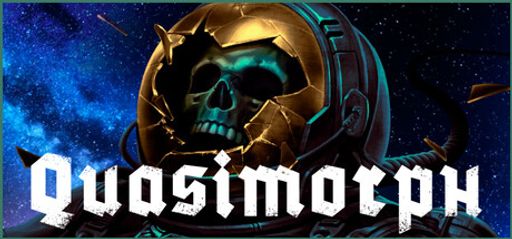I’ve always taken pride in exploring every nook and cranny of a game. I dove into Quasimorph by Magnum Scriptum, published by HypeTrain Digital. Its dark, turn-based extraction RPG premise grabbed me immediately. Taking on the role of a hardened PMC fighter, managing a ship, and unpacking a life-threatening mystery felt tailor-made for a CompletionistMaster like me. Yet my deep dive uncovered clear strengths alongside areas that need work.
Overall Impressions
Quasimorph does a solid job mixing tactical combat with narrative exploration. The concept feels fresh, and the game pushes you through unforgiving battles and tight resource management. It reminds me of niche titles like Space Tarkov, where clever strategies pay off. But some design choices can stall your progress. The highs come from its tense atmosphere and gritty art style; the lows hit when resource limits, cramped inventory, and a punishing progression system kick in after about ten hours of play.
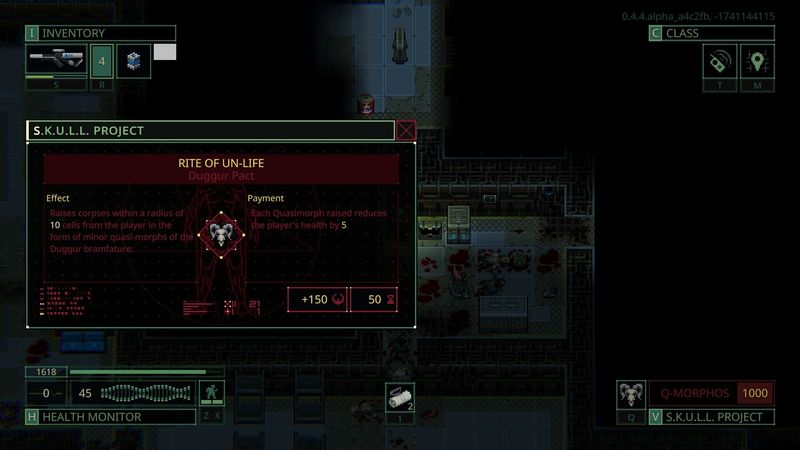
Gameplay Mechanics
Combat in Quasimorph demands a careful balance of risk and reward. I loved the strategic layer that makes you juggle minigun ammo, survival items, and ship upkeep. Still, the game punishes precise play too harshly. Once enemy forces scale up to match your strength, you have to rely on tricks—like using Plenum to spark infighting—to survive. That turns each floor into a grind of micromanagement. Detail-oriented players might welcome the challenge, but those looking for smoother combat may feel burned out.
Story and Characters
Quasimorph’s dark narrative teases deep lore and shadowy conspiracies. I hunted every scrap of backstory like a detective. Magnum Scriptum’s design of the PMC fighter and the mystery behind the clones offers real intrigue. Unfortunately, the characters never evolve beyond broad outlines, so the mystery loses punch as you dig deeper. A few standout environmental storytelling moments hint at a richer world, but repetitive dialogue and a progression system that sidelines the plot often make the story feel like an afterthought.
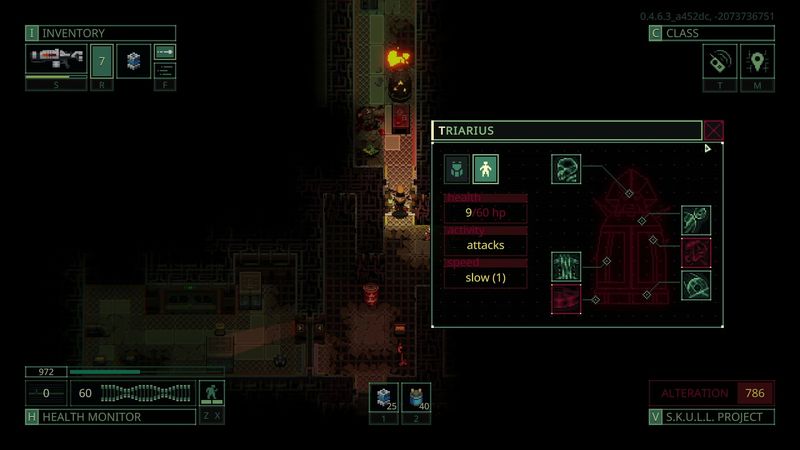
Visuals and Graphics
Where Quasimorph really shines is its visuals. The game nails a dark, gritty battlefield vibe—the lighting, subdued palette, and detailed level design all pull you in. Each map feels like part of a larger, ominous world. That said, technical limits sometimes show. Character animations can feel stiff, and some effects lack polish, which undercuts the immersion on rare occasions.
Sound and Music
Sound and music also play crucial roles in setting the tone of this dark narrative. The soundtrack combines atmospheric beats with tense undertones that keep you alert at all times. I found that the sound effects heighten the intensity of combat encounters. From the mechanical thuds of heavy weaponry to the ambient murmurs of a failing world. The voice acting, while serviceable, sometimes lacks the emotional weight that would solidify critical story moments. Yet, overall, the audio design complements the dark and oppressive vibe of Quasimorph, making even the repetitive battles feel a bit more dramatic.
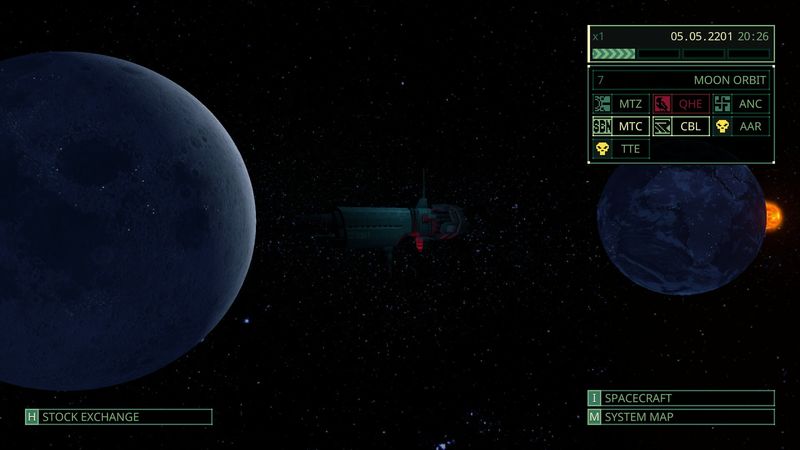
Difficulty and Replayability
Quasimorph offers a genuine challenge. Combat forces you to rethink your plans on the fly, especially when enemy strength and scarce resources push you into last-second adjustments. That sense of accomplishment can thrill dedicated players at first. Over time, though, the steep learning curve, unpredictable enemy scaling, and a cramped inventory system turn long sessions into a repetitive grind. Progress hinges too much on gathering enough bullets and health packs rather than unlocking new tools or tactics.
The trading and upgrading systems are perhaps the most problematic aspect of Quasimorph. The in-game economy feels inefficient. Trying to obtain the components you need is a laborious process involving meandering between stations. This design choice effectively turns what should be a dynamic aspect of the RPG into a frustrating mini-game of chance and inconvenience. Additionally, the lack of control over component selection hinders strategic planning, which is a hallmark of a rewarding progression experience in other extraction RPG titles.
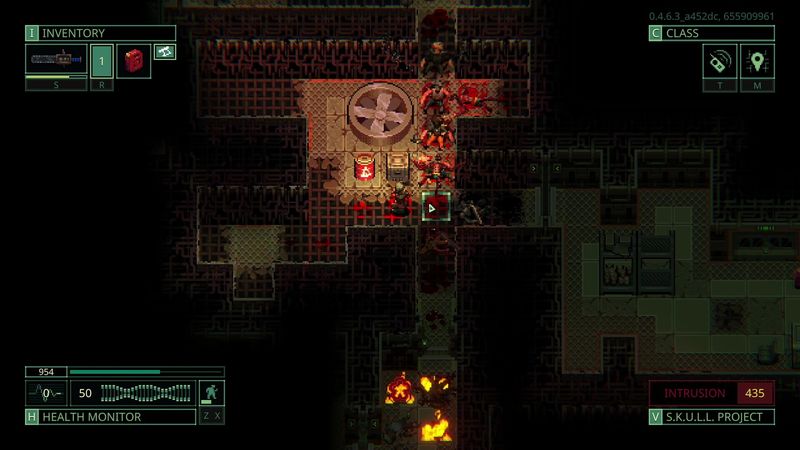
Final Thoughts
I maintain a commitment to exploration and completion. Every side quest, achievement, and collectible in a game tells a story. In Quasimorph, hidden aspects of the lore and collectible elements present a charming opportunity to learn more about the dark world Magnum Scriptum has created. Yet, these treasures are often overshadowed by the punitive systems mentioned above. As much as I would love to find and complete every facet of this game, the frustration created by repetitive mechanics and the looming threat of inflexible systems weighs heavily on the overall experience.
Conclusion
Quasimorph is a game that promises a unique blend of tactical combat and narrative mystery but struggles to maintain that promise throughout its lengthy play sessions. It is a title that rewards clever play and dedication, yet it simultaneously risks driving away potential fans with its unforgiving mechanics and lack of progressive variety. Drawing upon my extensive experience with similar titles, I give Quasimorph a score of 3 out of 5 stars. The game is commendable in its ambition and aesthetic design, yet it remains a work in progress in many respects. I am hopeful that future updates or a version 1.0 patch can address these concerns. Until then, I advise players to approach it with caution—ideal for those who relish extreme challenges but likely too punishing for others.
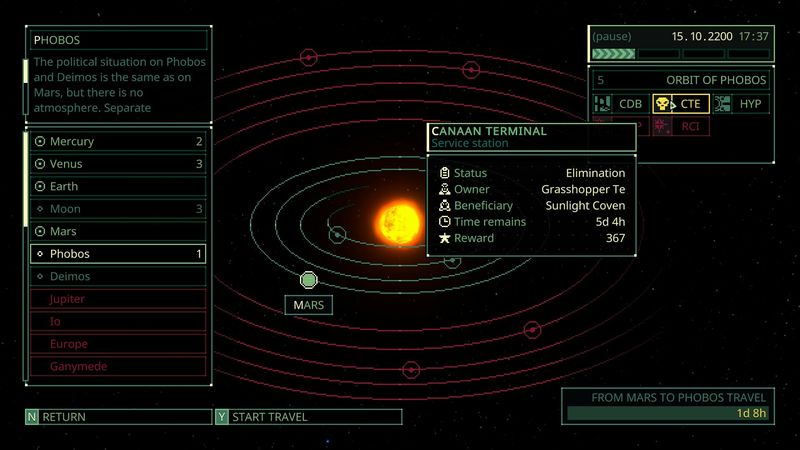
This review is intended as a comprehensive look from the perspective of a completionist who values nuance and detail in every aspect of a game. Quasimorph stands as a curious case study in ambition meeting early-stage execution; it has potential but requires significant refinement before it can join the ranks of great turn-based extraction RPGs.

